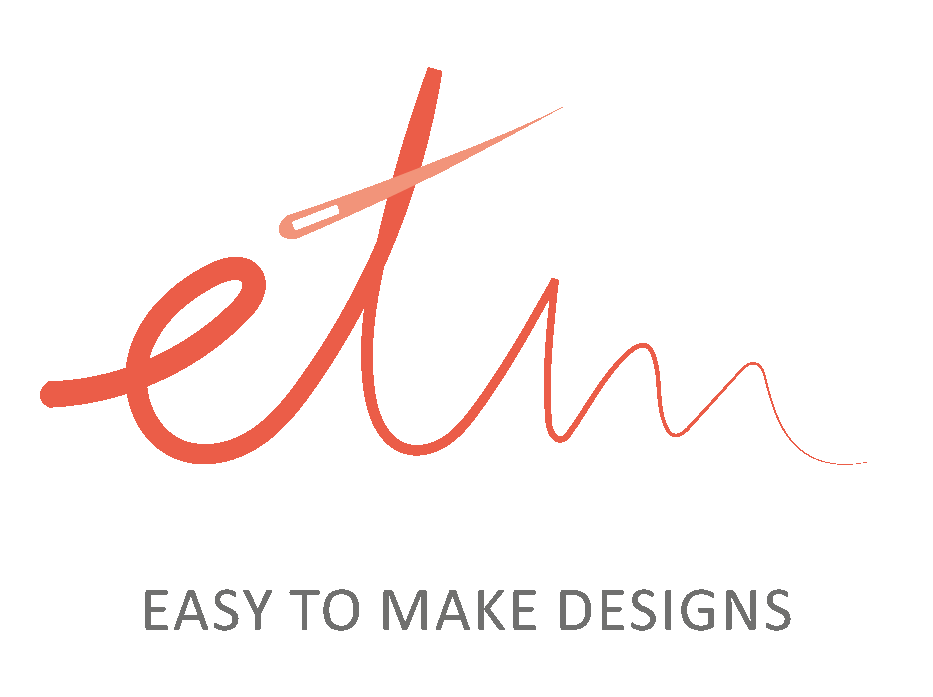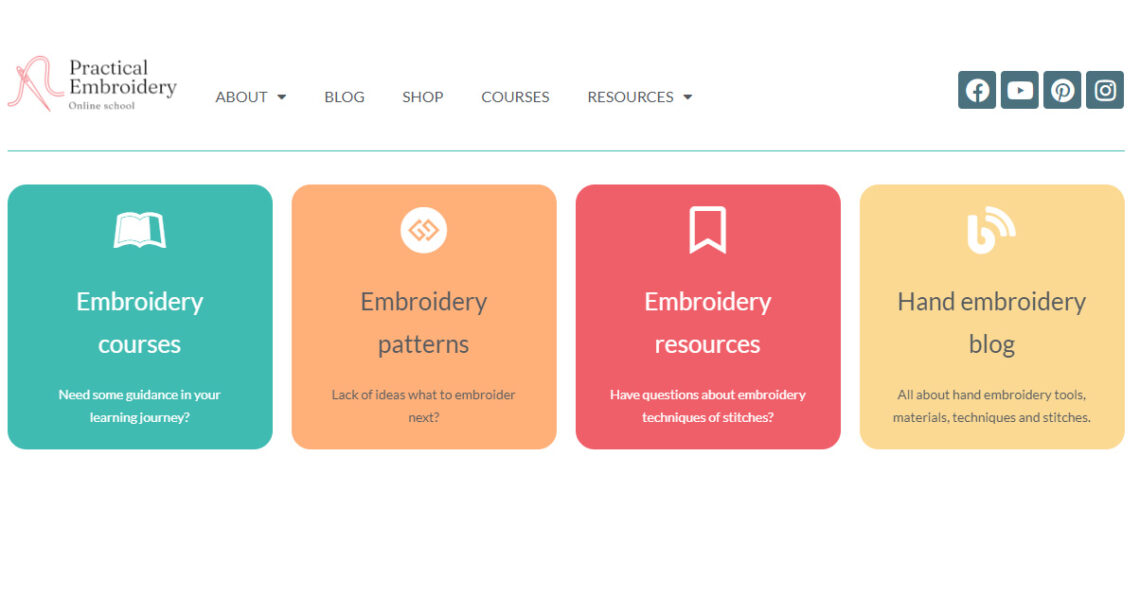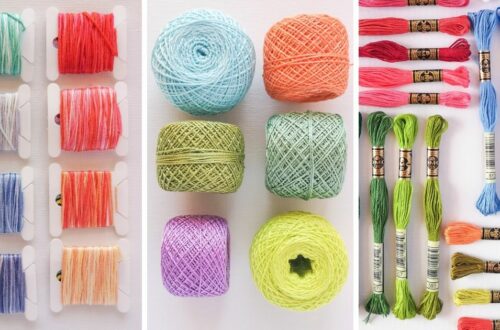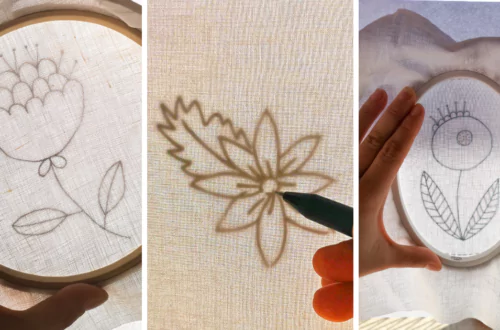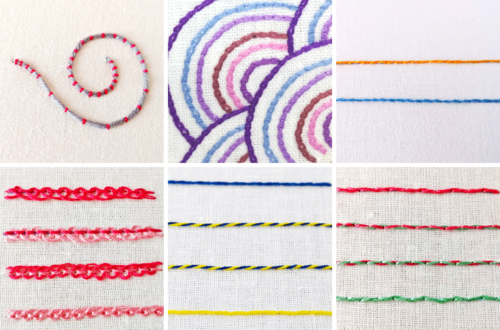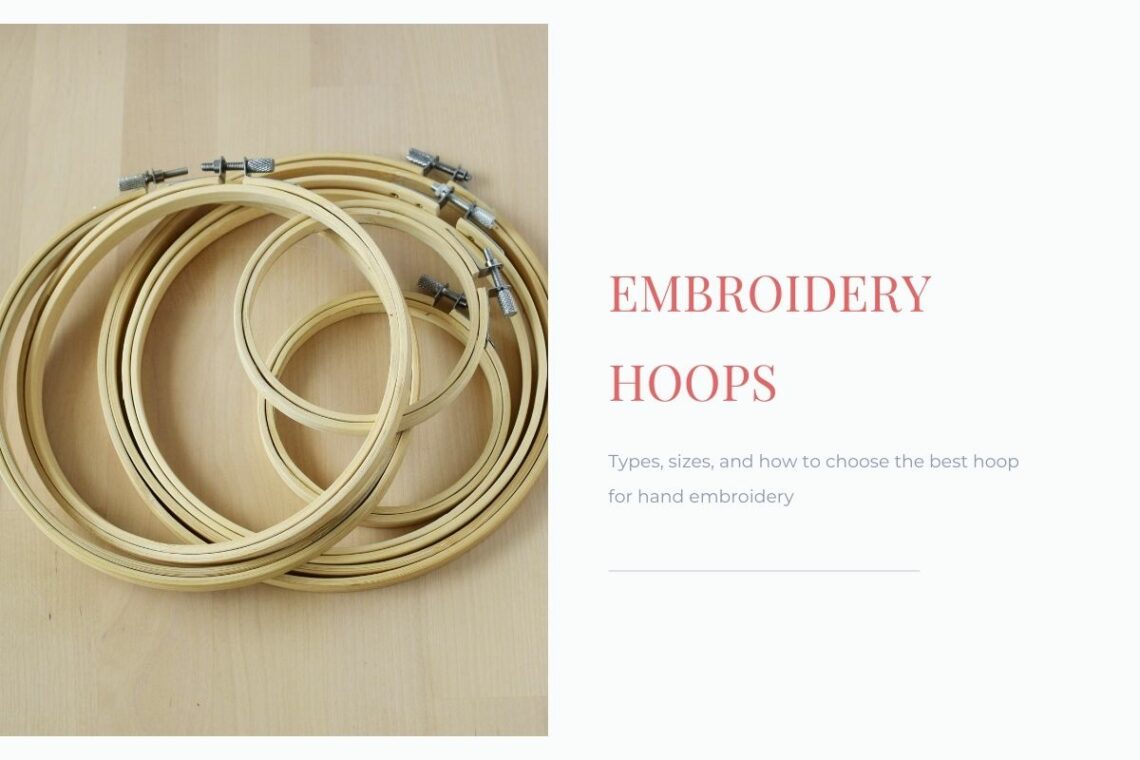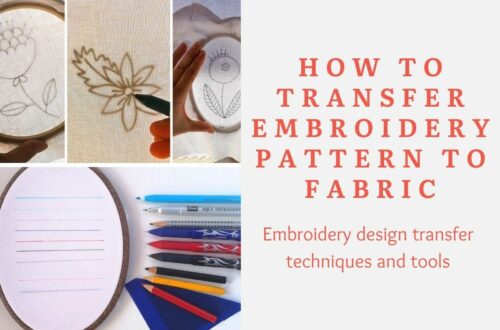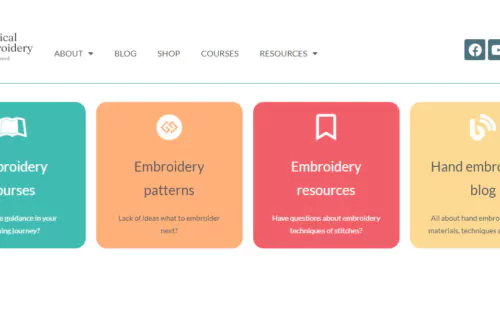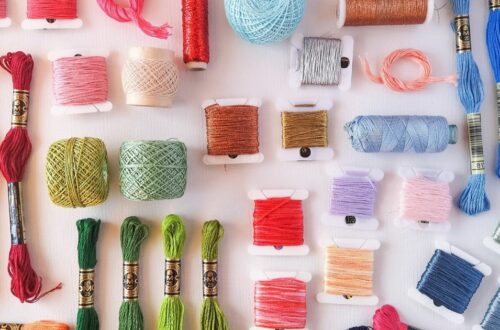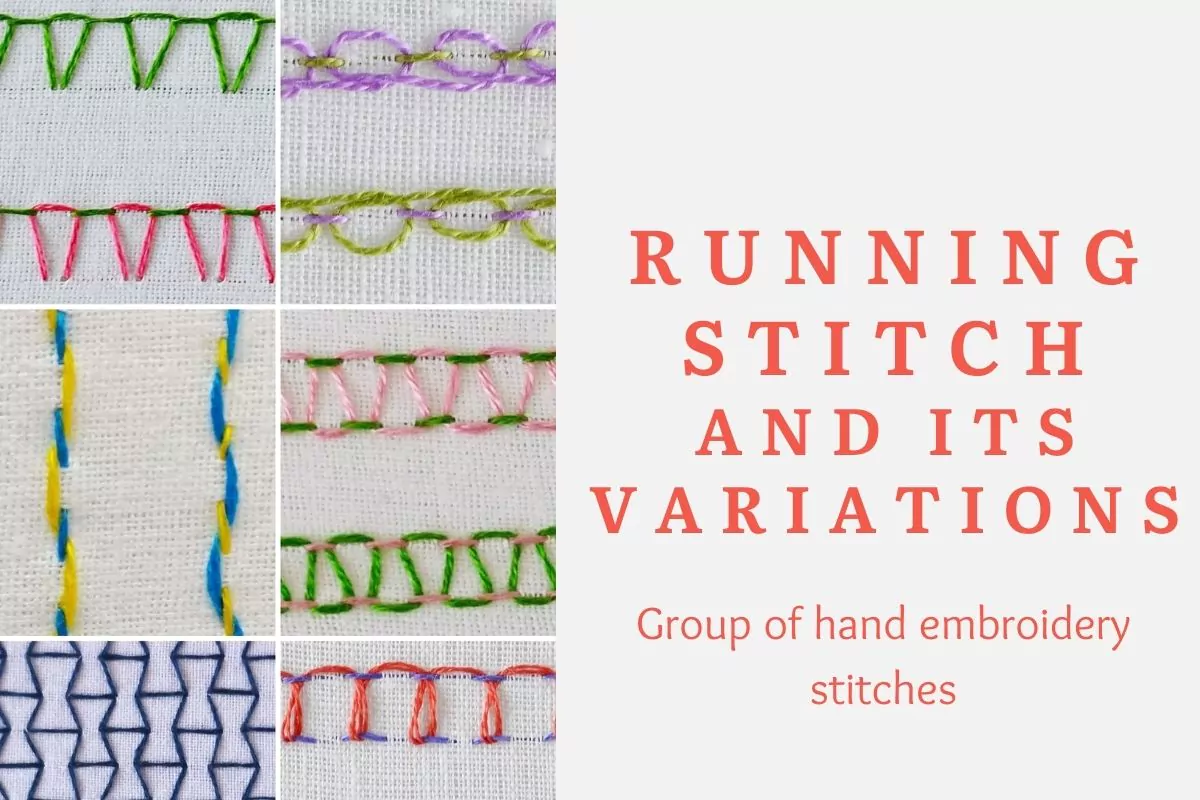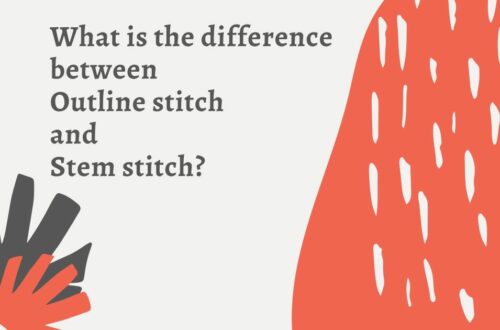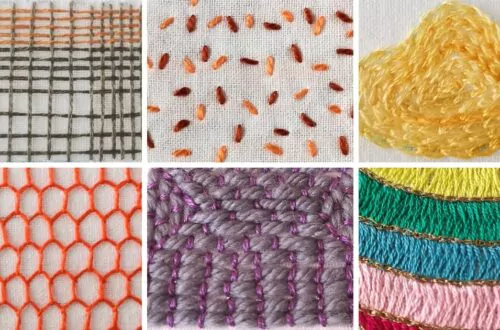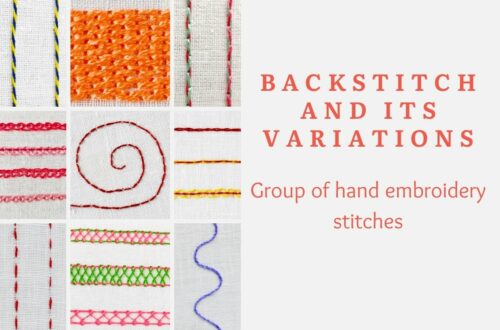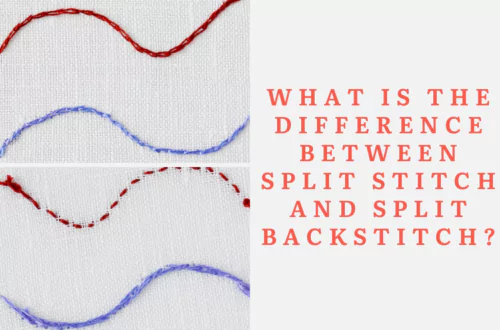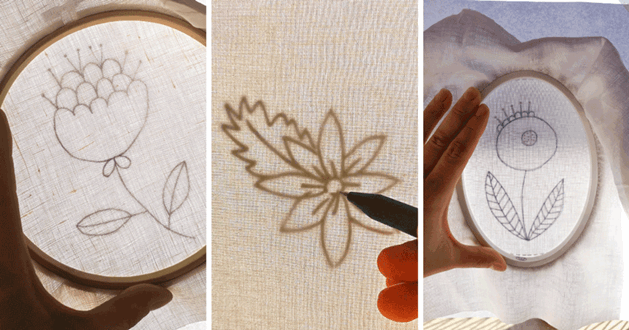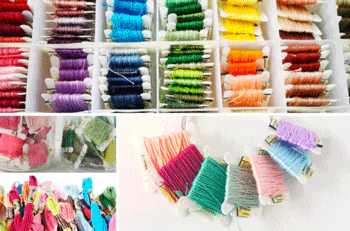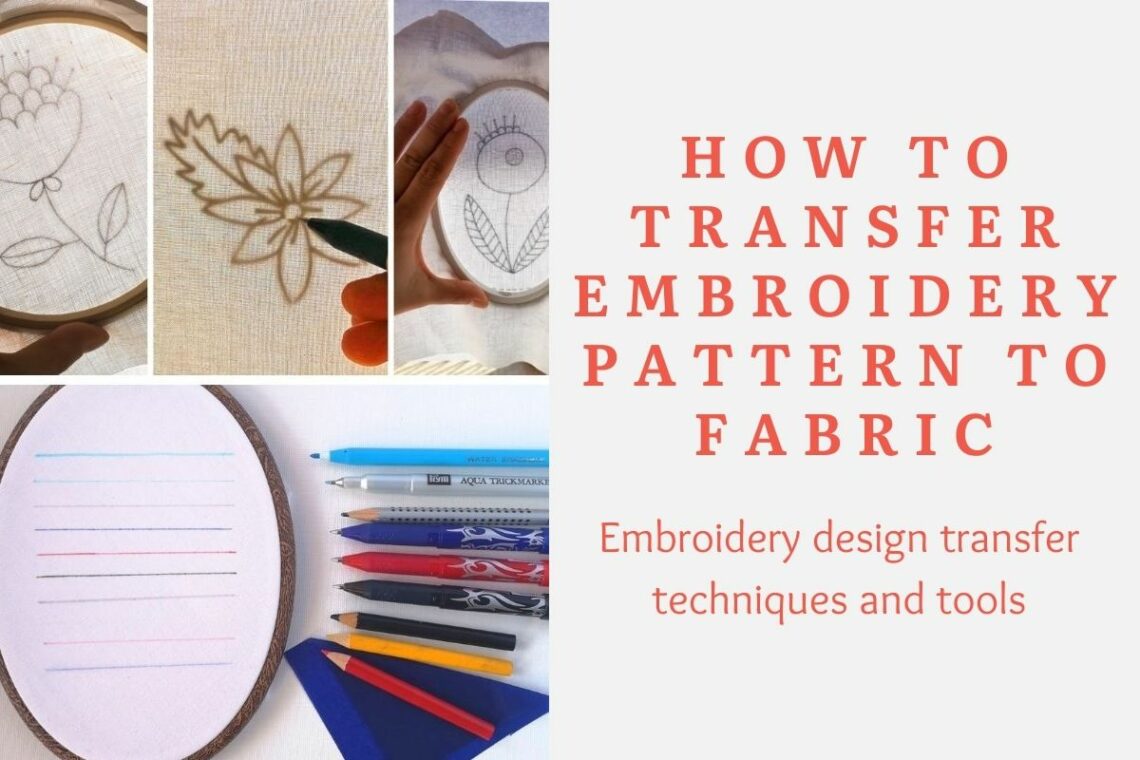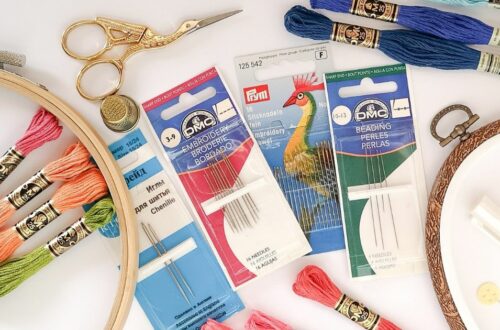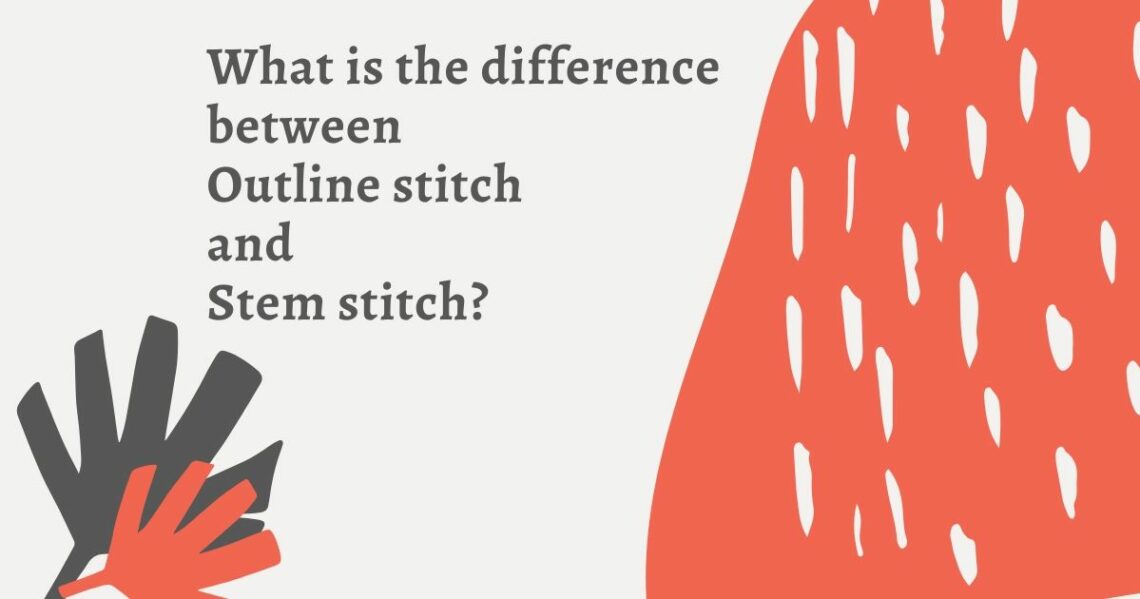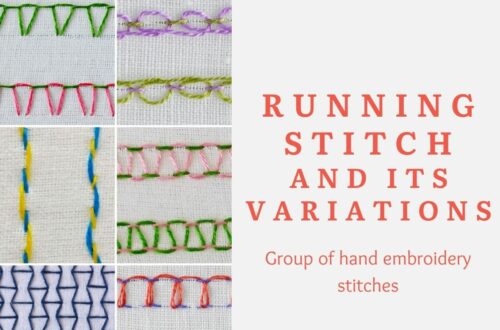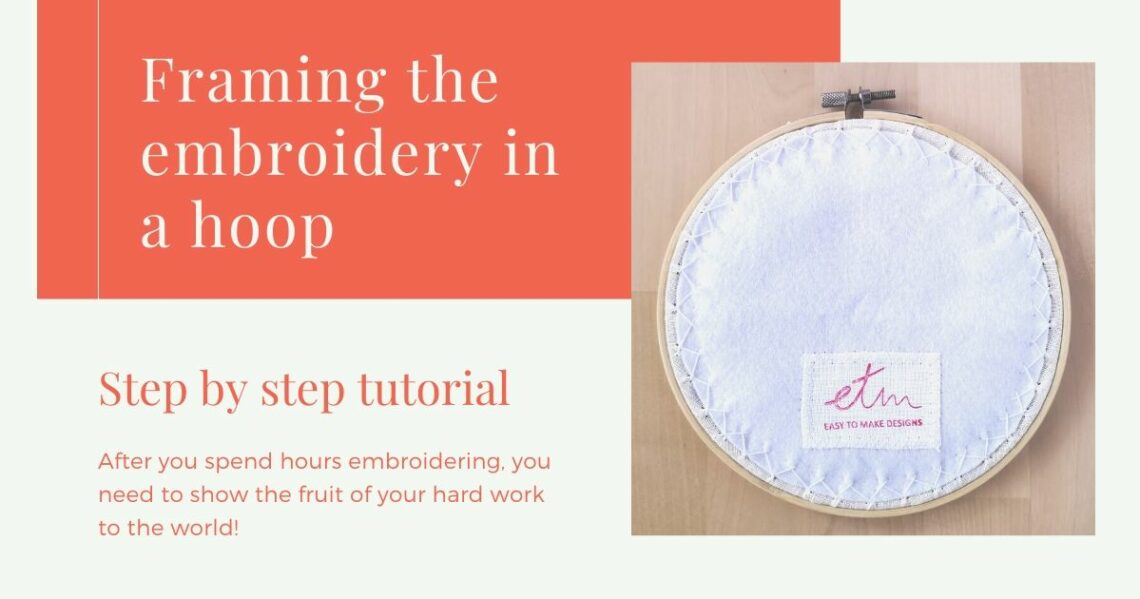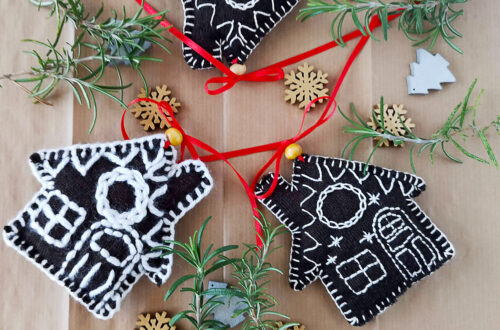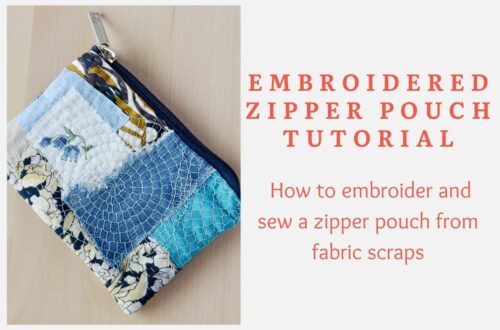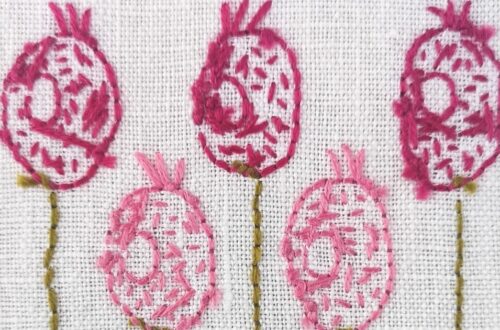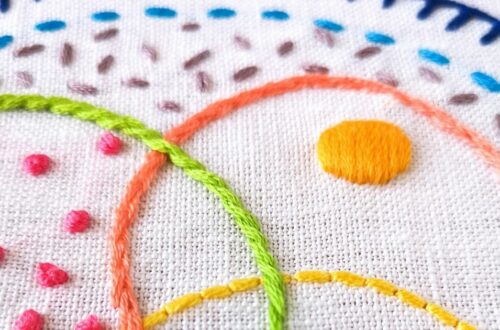- Embroidery tips, DIY Tutorials, Embroidery patterns, Embroidery stitches, Home decor and gifts, Tools and materials
Easy To Make Designs is moving. Find new embroidery tutorials and articles on the Practical Embroidery Blog
Practical Embroidery online school is dedicated to hand embroidery and its practical application Practical Embroidery online school exists to teach hand embroidery techniques and application. Embroidery skills empower us to take care of our clothes, homes, and emotional health with simple stitches. This web page offers a range of online courses, workshops, downloadable patterns, video tutorials, and embroidery kits. Practical Embroidery online school is dedicated to sharing information about hand embroidery stitches and techniques. You will find a lot of free bite-sized hand embroidery lessons, tips, and tutorials here. Stitch library A-Z The list of hand embroidery stitches and techniques is grouped by alphabet names. Click on the title, and you will find…
-
Embroidery hoops. Types, sizes, and how to choose the best hoop for hand embroidery
An embroidery hoop is one of the main items on the embroidery supplies list. You may change the fabric and the threads from project to project. Of course, you will also change up the needles as you go. But the embroidery hoop, if chosen right, will stay, and you will use it again and again. From Wikipedia: “An embroidery hoop, earlier called tambour frame, consists of a pair of concentric circular or elliptical rings. The larger ring has a tightening device. The artisan repositions the hoop as needed when working over a large piece of fabric. Embroidery hoops come in various sizes and are generally small enough to control with…
-
Running stitch and its variations
Group of hand embroidery stitches. Running stitch and its variations. I guess every sewist or embroiderer knows the running stitch. It’s one of the first stitches we learn, right? Also, it’s one of the stitches that we use a lot. For example, we can use a running stitch for outlines, borders, or lettering in hand embroidery. Besides that, a simple running stitch is a base for some more complex composite stitches. But that’s not all. Running stitch is excellent for mending clothes or basting. And also, it’s indispensable in hand quilting. You will find a list of running stitch variations below. In addition, there is a link to a video…
-
Best embroidery stitches for outlines
According to the dictionary, the outline is a line or set of lines enclosing or indicating the shape of an object in a sketch or diagram. In hand embroidery, the outline is a set of stitches that indicate the shape of an object or design. In this article, I listed some best hand embroidery stitches for outlines. Let’s see them all. Note: If you click the colored link on the stitch’s name, you will find a video tutorial of that stitch! Watch them and learn the outline stitches you like. Running stitch The running stitch or straight stitch is the basic stitch of hand embroidery, on which all other forms…
-
How to transfer a pattern with the lightbox method
Step by step Instructions + Video tutorial In the previous article – “How to transfer embroidery pattern to fabric; Embroidery design transfer techniques and tools,” I wrote about four different pattern transfer techniques – Tracing, Transferring, Using a stabilizer, or Drawing a pattern directly on a fabric. This Tutorial will show you how you can do pattern tracing with a lightbox method. As said before, by definition, Tracing is a “copy of a drawing or pattern made by drawing over it through a piece of thin, transparent paper” (Cambridge dictionary). Only in hand embroidery, instead of thin, transparent paper, we use a piece of fabric. To use the Tracing with…
-
How to transfer embroidery pattern to fabric. Embroidery design transfer techniques and tools
How to transfer embroidery pattern to fabric. Embroidery design transfer techniques and tools There are four main embroidery pattern transfer techniques: - Tracing - Transferring - Using a stabilizer - Drawing a pattern directly on a fabric. Let's get more details about each option!
-
What is the difference between Outline stitch and Stem stitch?
For many years I didn’t know that these two are different stitches 😂 Outline stitch and Stem stitch are two names that we often use interchangeably. Also, they look very similar. But they aren’t the same thing. The main difference – the position of the working thread while making the embroidery. As you work Outline stitch from left to right, always keep the working thread above the line of stitching. And when you embroider a Stem stitch from left to right, keep the working thread under the stitching line. The other difference that you may notice – the direction in which the “rope” of the stitch is twisted. For this…
-
Framing the embroidery in a hoop
After you spend hours embroidering, you need to show the fruit of your hard work to the world! One of the most straightforward ways to frame your embroidered piece and transform it into a piece of art in a frame is framing it in a hoop. After you finish embroidering, wash, air dry, and iron the embroidery. Washing will remove any dust, stains from the hands, and tracing marks. The water-soluble pen marks will dissolve in water, and the heat will erase friction pen marks. Now, frame it. For this project, you will need: Scissors Some pearl cotton or other durable thread Needle, big enough to accommodate a thread you…
-
Hand embroidery Filling stitches 2
Hand embroidery stitches for filling areas Filling stitch is a term for surface stitches that are used to fill in specific parts of a design or the area around a design. Part of the filling stitches will cover the fabric thoroughly, others will show a bit of the background fabric, and some will only put small accents to the surface. In the first article, “Filling stitches – Part 1”, I wrote about: Satin stitch, Otomi stitch, Couching stitch filling, French knot, Seed stitch, Long and short stitch, Weave stitch (weaving stitch), Chain stitch filling, Blanket stitch filling, and Honeycomb filling. But there are many more filling stitches that you can use in your hand embroidery. Let’s add some more filling stitches…
-
Hand embroidery Filling stitches 1
Hand embroidery stitches for filling areas Filling stitch is a term for surface stitches that are used to fill in specific parts of a design or the area around an object. Part of the filling stitches will cover the fabric thoroughly, others will show a bit of the background fabric, and some will only put small accents to the surface. Many stitches can be used for filling, including Satin stitch, cross-stitch, french knots, and seed stitch. In 2019 I took a #100dayschallenge (#100daysofstitches) and learned a lot of new stitches. In this post, I would like to share with you some of the filling stitches that I’ve learned and enjoyed the most. I…
